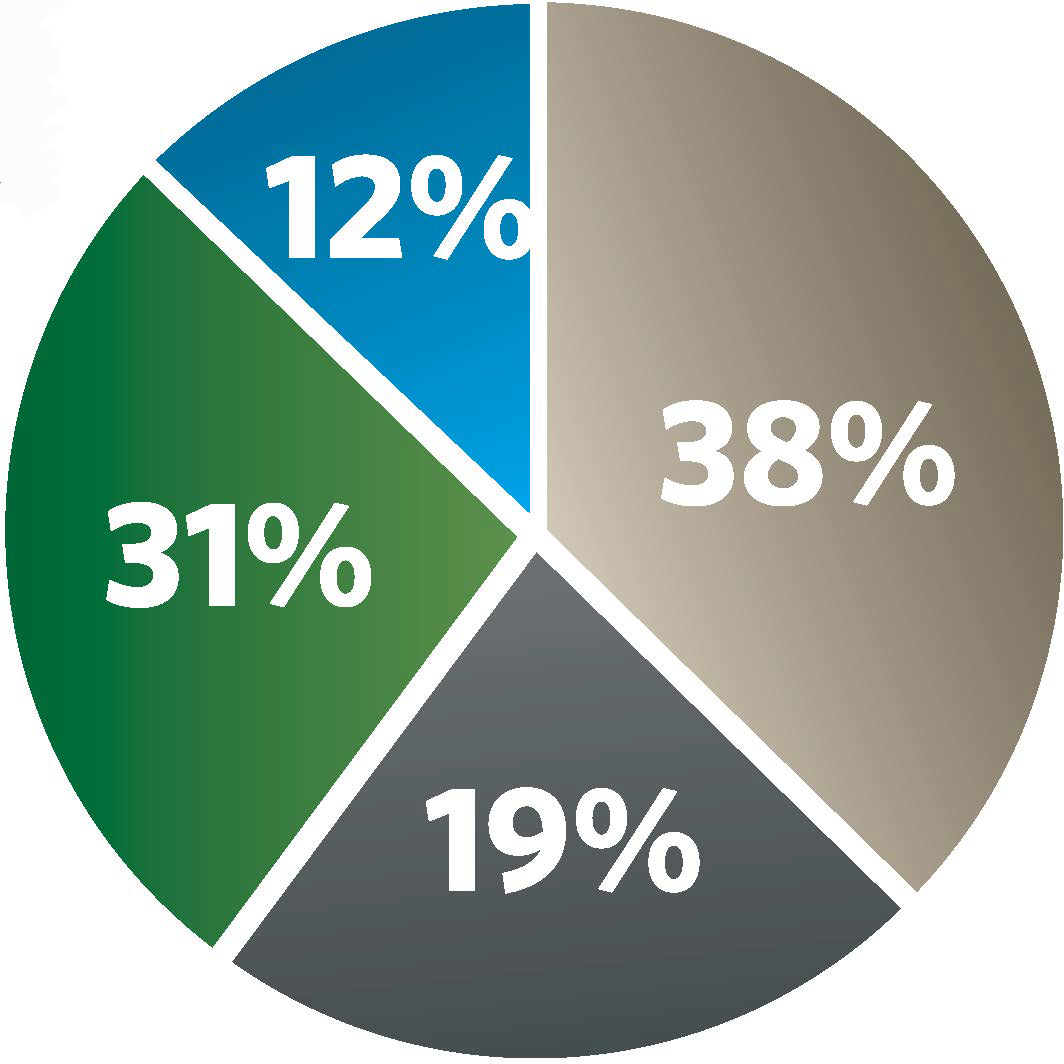5 Steps to a High M&A Valuation Process
24 July, 2020In a Price Waterhouse study of CEOs and CFOs who recently completed a deal, 38% claimed that if they had provided more detailed information to the buyer during due diligence, they would have had a higher valuation.


When selling a company, preparation is key. Being prepared for an exit well in advance of the M&A process shows interested parties that you’re in control of your business, that you’re goal-focused, and that from the beginning you’ve had a plan for an organized and smooth integration.
It also greatly increases the speed of due diligence. In due-diligence, time is not your friend; the longer the diligence process, the higher the probability that challenges, along with price adjustments, will occur.
STEP 1: START EARLY
Most companies market themselves for acquisition too late. Often the growth curve has flattened out or competitors have entered the market before company executives perceive the need to sell. By then, the value has diminished.
The ideal time to be acquired is at the front end of the growth pattern or when a beta product has hit the market. This necessitates that CEOs, CFOs, and Corporate Development team members begin seller due diligence early on, so they have an honest, transaction readiness assessment for the organization from the get-go. Sometimes the perception is that the company is too young at this point to be ready for acquisition, but often the opposite is true.
STEP 2: GET ON THE RADAR OF SERIAL ACQUIRERS
Companies are often bought and not sold. Acquirers generally make acquisitions when they’re ready to buy, not necessarily when the company is ready to sell.
 Companies that engage in serial acquisitions do so for long-term, strategic objectives. They may be hoping to fill a gap in their portfolio, expand into new markets, gain increased synergies or consolidate in a divided market.
Companies that engage in serial acquisitions do so for long-term, strategic objectives. They may be hoping to fill a gap in their portfolio, expand into new markets, gain increased synergies or consolidate in a divided market.
It’s effective for companies looking to be acquired to focus on building relationships with serial acquirers. Organizations can create relationships through joint development agreements, joint marketing agreements, private label agreements, or reseller agreements. Sometimes the best partnerships are based on purchase orders. Keep in mind that these agreements must be mutually beneficial; be a good partner and show that your company is fair, easy to work with, and the partnerships will have the potential to grow into acquisitions.
STEP 3: KNOW WHAT THE BUYER WANTS
Most sell-side companies get a due diligence checklist from the buyer and only then think about how to provide documentation to prove the companies worth. They immediately have to decide how they are going to organize the information and what tool they will use to share sensitive company documentation. Very few organizations know how to strategically share the right information at the right time and instead withhold important information from the get go, which lengthens the due diligence time period and causes devaluation.
Make sure your organization has a due diligence checklist on hand in order to pre-stage important documentation ahead of time, so you have time to tie up any loose ends that are exposed. A few tips based on common mistakes companies have made during M&A include:

- Know what IP you own, what you have the right to transfer and what third-party technology you are using.
- Address all outstanding litigation.
- Resolve all discrepancies in financial, accounting, or operational planning.
- Store all company agreements (vendor, customer, employee) in one place because you will need to provide each and everyone to the buyer.
- Ensure that your key employees don’t leave during the deal.
The objective, of course, is to avoid surprises late in the M&A process.
STEP 4: VALIDATE BENEFIT TO THE BUYER
It’s essential that you understand the value you will bring to your acquirer. You must be able to develop a business case that shows the buying company your worth.
The buyer will be looking for the following qualities, and therefore it’s crucial to focus on these aspects of your company in order to attract a buyer willing to pay maximum value:
- Strength: market share, sales, team
- Ideas: IP, patents, trademarks, branding
- People: investors, employees, customer base, ecosystem, press
- Competition: market advantage, execution advantage, sector growth
If you’d like an overview of what a buyer will be looking for you to show, download our white paper on “The Art & Science of High M&A Valuation.”
STEP 5: LEVERAGE AN ECOSYSTEM OF FACILITATORS & CATALYSTS
 Depending on your internal staff, you will likely hire an investment banker (iBanker), legal advisor or an accountant.
Depending on your internal staff, you will likely hire an investment banker (iBanker), legal advisor or an accountant.
While not every M&A transaction involves a sell-side ibanker, in many circumstances, the right ibanker can add significant value. When selecting an ibanker, it’s imperative to find one with expertise in your industry and one who has significant experience with similar transactions. Think of investment bankers as individuals. In other words, hire a banker first and a firm second. Also, think about your deal size and the size of the ibanker’s firm. You will most likely get assigned a junior level ibanker if the deal is small given the firm’s clients.
Whomever you select, it is essential that your M&A team have a positive synergy and that every individual bring a complementary asset to the table, so your M&A due diligence process ensures a high valuation.
Wrap Up
In this article, we explained the 5 steps of M&A valuation process. Today’s buyers are ruthless when it comes to due diligence. It’s therefore necessary that, before a potential buyer even approaches, you have thoroughly organized your due diligence documentation to be sure that everything a buyer wishes to see is present and accurate. ShareVault enables users to prepare for mergers and acquisitions - facilitating them with secure due diligence solutions.
